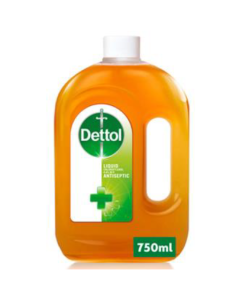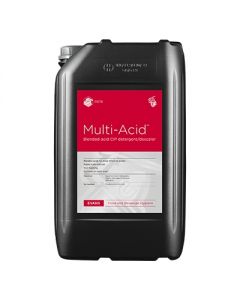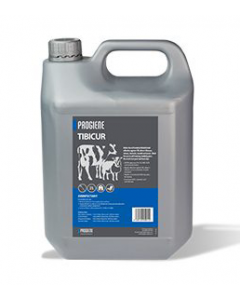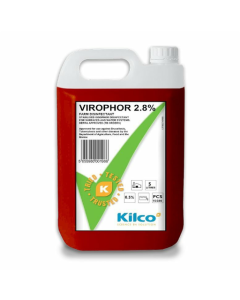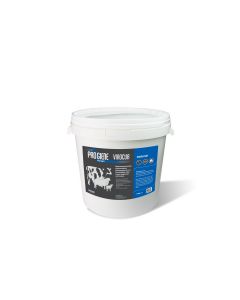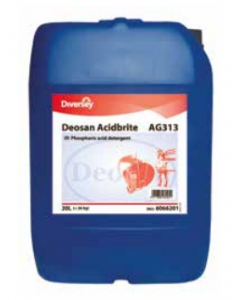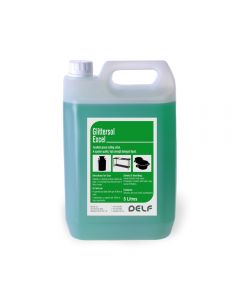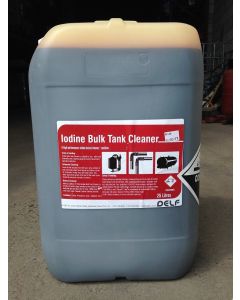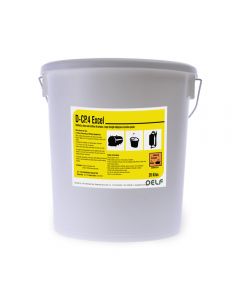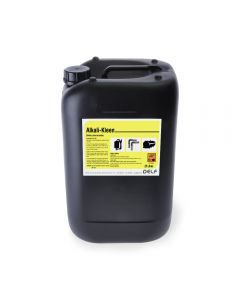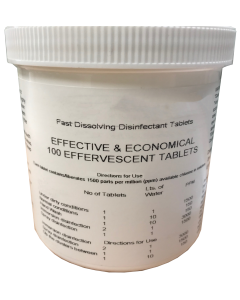Maximising Calf Health: The Importance of Teat Hygiene
-
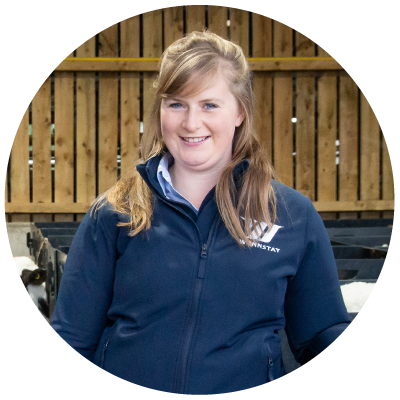
- 24 May 2023
- 0 Comments

Keeping teats clean on any feeder or the cows when harvesting colostrum is so important to reduce the build-up of bacteria, this helps greatly with producing a strong, healthy calf. I always think that if you wouldn’t drink/ eat from it then why should the calf have to?
Residues from calf colostrum, milk or milk replacer are great places for pathogens to grow from. According to Dr Sam Leadley, Attica Veterinary Associates, the goal of cleaning and sanitizing calf feeding equipment is to control bacterial growth by removing them from surfaces, killing any that remain, removing their food and water sources, and lowering the pH to prevent further growth.
How to clean feeders correctly
Calf feeders should be cleaned after each feed if possible, if not then at least daily, following the following procedures;
- Rinse in lukewarm water to remove colostrum/milk solids and any other contaminants like manure, urine, or dirt from both the inside and the outside of the feeding equipment.
- Soak feeding equipment in hot water (49°C or 120°F) with chlorine to kill bacteria and help remove residues. Do not allow the water temperature to fall, as this can cause residues that were loosened to stick back on.
- Scrub with warm water and soap.
- Rinse in warm water with acid sanitizing solution.
- Allow the equipment to dry thoroughly before the next use. Letting equipment dry will eliminate the moisture bacteria need to grow on surfaces between milk feedings.
How to clean teats effectively
Teats should be changed regularly (every batch of calves or at the start of the season) and should be taken off the feeder and cleaned regularly to prevent any bacteria build up inside the teat. Any damaged teats should be replaced immediately. Teat should be cleaned thoroughly at least once a day.
Colostrum harvesting
When harvesting colostrum from the cow, the teats of the cow should be cleaned thoroughly - just think the cow has been dry for a period and her teats will have been exposed to muck and dirt so cleaning before harvesting colostrum is essential so you're not passing any chance of infection onto the calf to maximise passive transfer.
Hygiene in calves is essential to producing a healthy calf, so make sure all feeding, and colostrum harvesting equipment is as clean as you can get it. Cleaning feeders and teats the right way is important to reduce any bacteria and changing teats regularly to maximise performance and reduce sickness in calves.
- New
Share:

Hannah is farmers daughter that has grown up on a beef and sheep farm, with a pedigree herd of Hereford cows. After completing a diploma in Agriculture at Walford Collage, she then went onto work on a dairy farm, milking and calf rearing a Jersey herd.
Hannah then visited New Zealand where she worked and travelled the country, including rearing calves, to working on a beef and sheep station. On returning from New Zealand Hannah worked for Genus as an AI Technician, she then went back on the Jersey herd as herdsman where she worked hard to improve fertility and calf growth rates.
Posted in Calf Health

